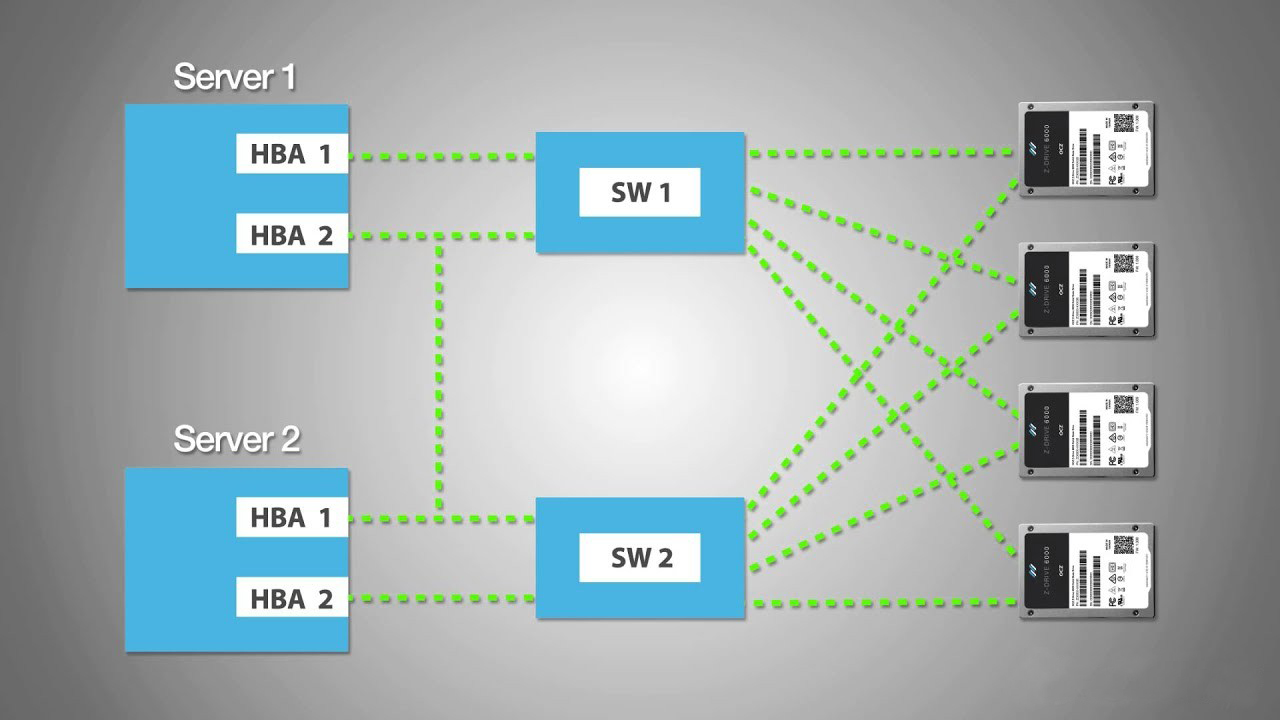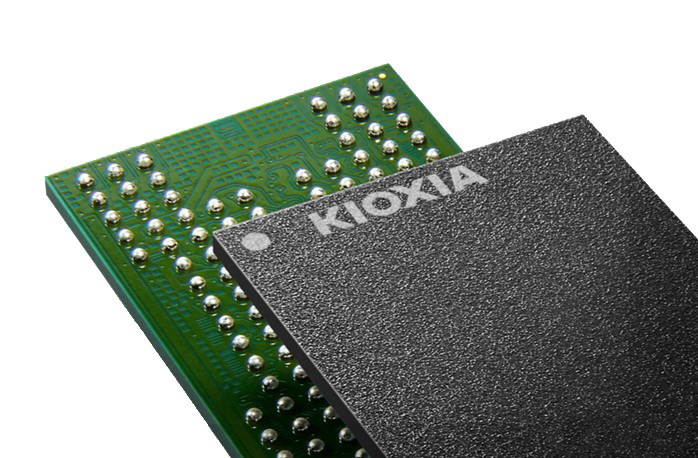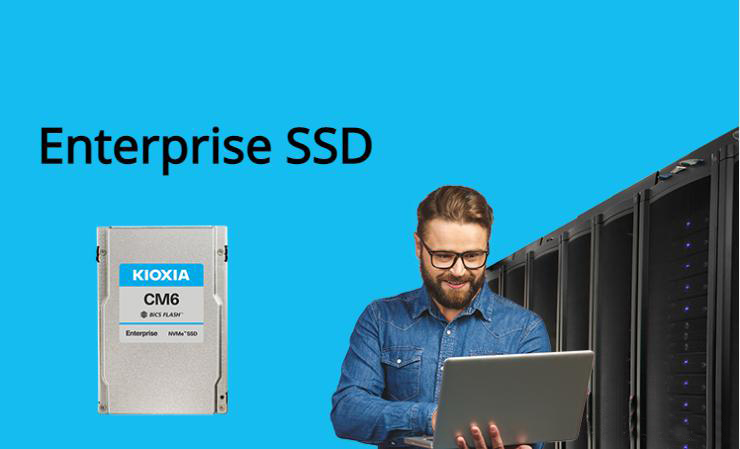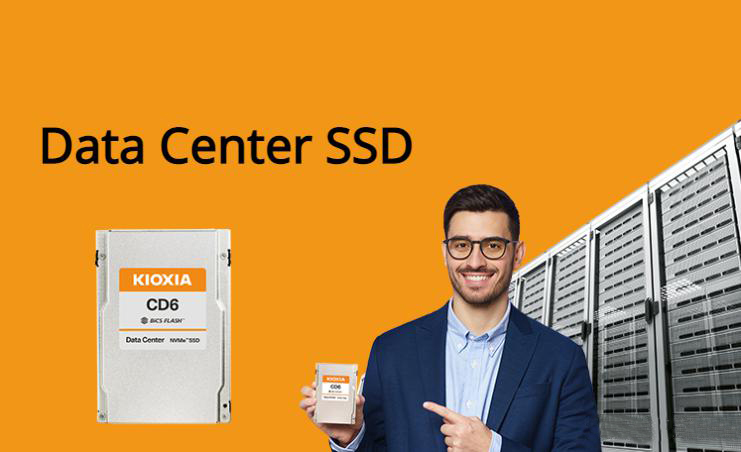Latest Posts
Features of enterprise level or data center level solid state drives:Big, fast, stable, dense
Features of enterprise level or data center level solid state drives:
Large capacity
The capacity of consumer level solid-state drives usually have a 4TB upper limit. Due to the limited affordability of ordinary consumers, ultra-large capacity models are far less popular than 500GB and 1TB capacity models. But in enterprise level and data center level applications, the price of the cabinet is extremely expensive. It is more important to use drives with the largest possible capacity to meet the needs of massive data storage.

The space of the M.2 interface is limited, so enterprise level or data center level solid state drives generally use 2.5-inch specifications and U.3 interfaces. U.3 supports three-mode backplanes (SATA/SAS/NVMe). It has good adaptability and supports the hot-swappable function that is not supported by M.2 interfaces. This function is very important for servers that run continuously without shutting down.
High performance
Nowadays, the sequential reading and writing performance indicators of some consumer-grade SSDs with PCIe 4.0 interfaces are also very high, but these are only nominal data. In terms of mixed reading and writing, performance consistency under high load, the performance of consumer level products is far less than that of enterprise level products or data center level products. I will give specific introductions later.
High reliability
Enterprise level and data center level solid-state drives usually support dual-port function. Its purpose is not to increase reading and writing speeds, but to achieve higher availability. Dual-port NVMe SSDs can provide redundancy even under the circumstances of link disconnection or port failure.

The new generation of Kioxia enterprise/data center solid state drives support dual parity redundancy protection, allowing the data in the solid state drive preserved intact even when two flash dies fail at the same time (equivalent to RAID 6 redundancy protection in the solid state drive), which greatly improves the reliability of solid state drives.

Enterprise level/data center level solid state drives support complete power-off protection and end-to-end data protection, while consumer level solid-state hard drives usually only provide limited power-off protection (just protect the SSDs from bricked).
High security
SED self-encryption function is optional for enterprise/data center levelsolid state drives. Although some consumer level solid-state hard drives also support eDrive (based on hardware BitLokcer) models, but because the firmware is not rigorous enough when processing encrypted information, and many encryption logics have loopholes, they may eventually become data security risks. So, Microsoft has already disabled all SSDs’ eDrive function in Windows 10 by default. In contrast, enterprise level and data center level solid-state drives are more complete in terms of security.
Which one is better, enterprise level or data center level?
The answer to this question can be found on the official website of Kioxia. Enterprise level solid state drives are suitable for high-performance Tier 0 storage layers that are used in servers and storage systems. Before SSDs, the Tier 0 storage layer usually use RAM memory disks. It is used to store data that are most commonly used and are sensitive to access performance. CM6 is an enterprise level solid state drive launched by Kioxia.

Data center level solid state drives are used to meet the low-power and high-performance storage requirements of low-end servers and cloud storage data centers. CD6 is a data center level solid state drive launched by Kioxia.

you can understand the difference between them more clearly by comparing the parameters of CM6 and CD6. The numers in the following table take the highest value among all capacity models (not the performance of the maximum capacity model).
|
|
Kioxia CM6-R |
KIOXIA CD6-R |
|
Product Categories |
Enterprise level SSD – read-intensive type |
Data center level SSD – read-intensive type |
|
Maximum capacity |
30720GB |
15360GB |
|
Continuous sequential reading |
6900MB/s |
6200MB/s |
|
Continuous sequential writing |
4200MB/s |
4000MB/s |
|
Continuous 4K random reading |
1400K IOPS |
1000K IOPS |
|
Continuous 4K random writing |
170K IOPS |
85K IOPS |
From this simple comparison, we can see that KIOXIA’s enterprise level solid state drives have larger capacity and better performance than the data center level drives, especially in terms of continuous 4K random writing performance. Taking the read-intensive products with 7680GB capacity as an example, the continuous 4K random writing capability of the enterprise level CM6-R is 170,000 IOPS, while the continuous 4K random writing capability of the data center level CD6-R is 85,000 IOPS.
Why do the above indicators have to add a “continuous”? Why do some data seem lower than that of home solid state drives? This involves the difference in performance calibration methods between enterprise level/data center level solid state drives and household solid state drives. The nominal performance of household solid state drives is the burst data in the SLC cache, which is the peak performance under ideal light load conditions, and will drop when the cache runs out. The enterprise level/data center level solid state drives face a far heavier and more complex reading and writing load than home computers. Instead of SLC cache, they use larger OP space to optimize steady-state reading and writing performance. And the numbers listed in the data table above are performances that can be continuously achieved under heavy load.
In general, enterprise level and data center level solid state drives have larger capacity, high reliability, high security features, and perform way better than ordinary household solid state drives under heavy load. For applications that focus on reading, choose the read-intensive products (such as CM6-R, CD6-R) to meet the 1DWPD demand, and for applications with more writing demand, you can choose hybrid products (such as CM6-V, CD6) -V), they can provide 3DWPD writing endurance.











Leave a comment